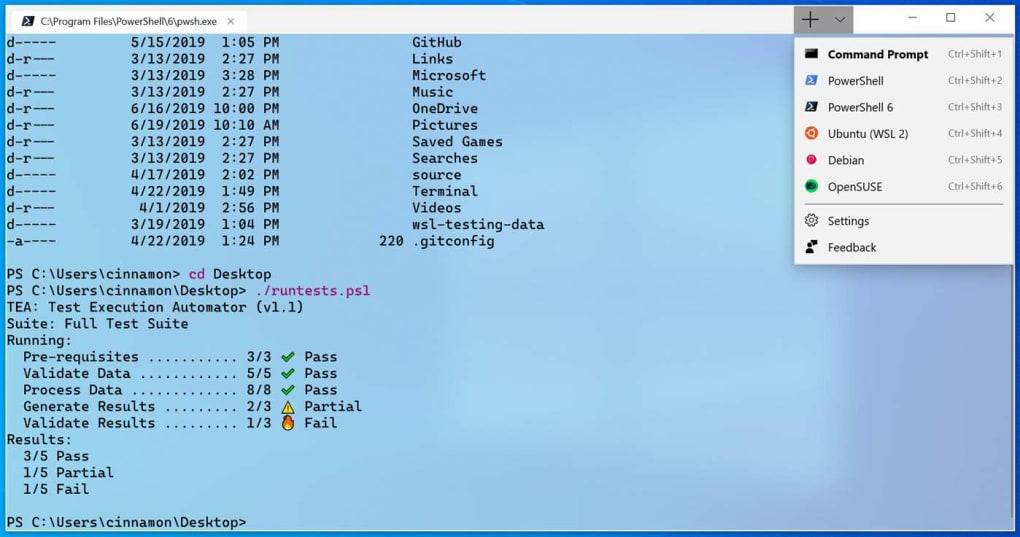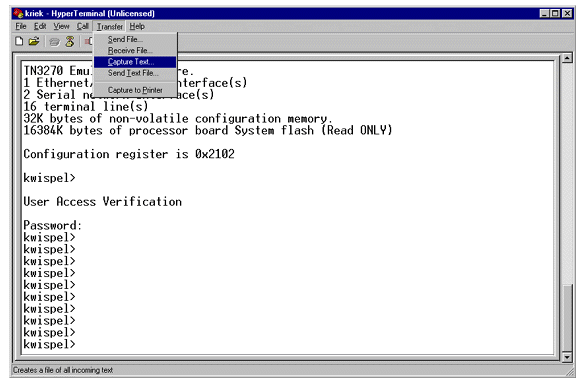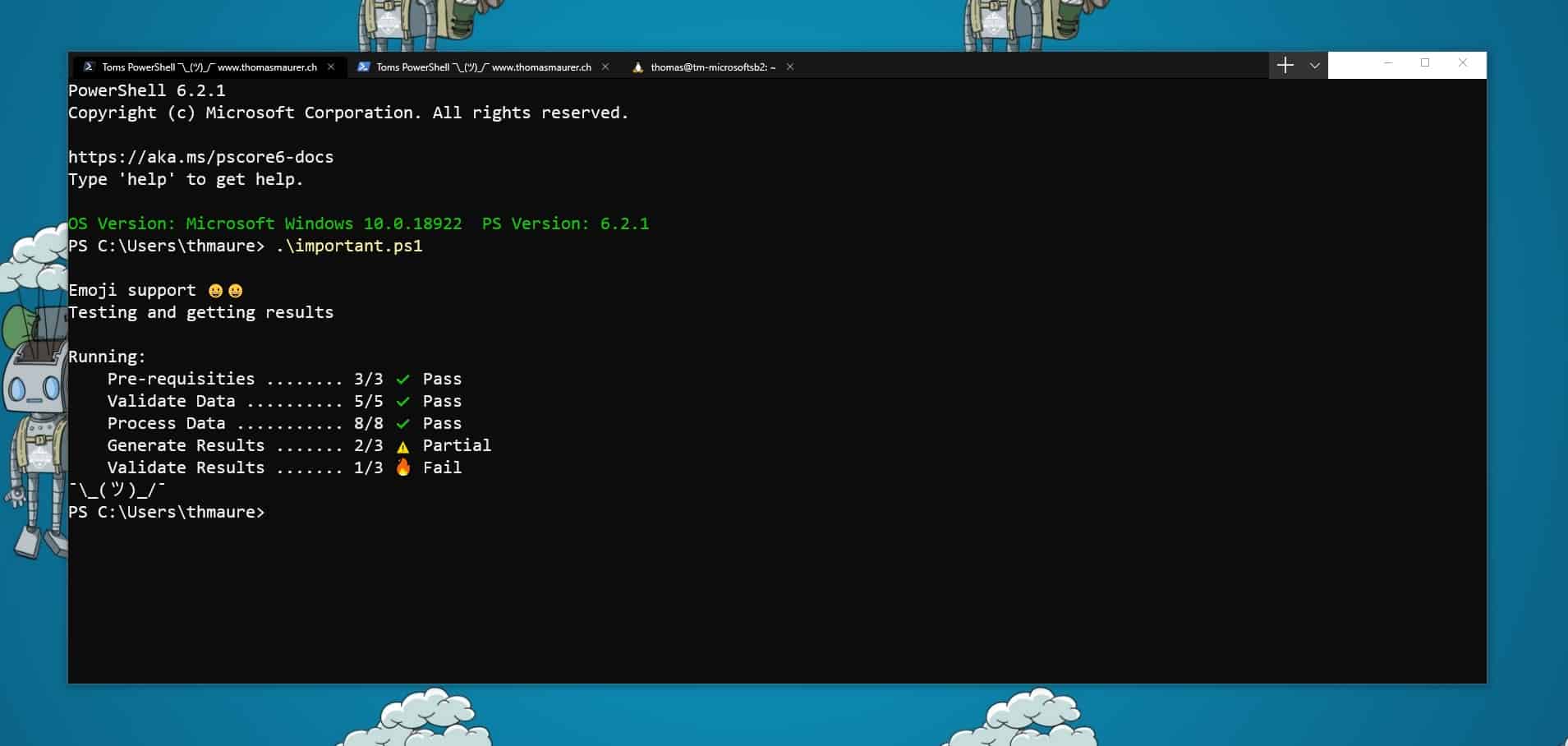
Those just happen to be the latest versions, because I ran the command on a three-week old laptop. (For best results, run Windows Terminal or PowerShell as administrator to execute.) Ed Tittel / IDGįigure 1: Winget shows installed versions of Windows Terminal and PowerShell.

It produces output like that shown in Figure 1. Interestingly enough, a single PowerShell command will show you the installed version(s) of PowerShell and Windows Terminal on your PC. Checking and updating Windows Terminal and PowerShell But you can change that, as I’ll cover later in the story. To run the app with administrator permissions, right-click Windows Terminal in the search results and select Run as administrator.īy default, Windows Terminal opens in PowerShell.



That’s because there’s no limit to the tweaks and customizations it supports.įirst things first, though. Warning! Once you understand some of what Windows Terminal enables, it can easily become a massive time-suck. But that’s just the beginning of what this extraordinary environment can do. Working with Windows Terminal can involve nothing more than launching the command line environment of your choosing. Via a single interface, this tool offers access to multiple versions of PowerShell, the Command Prompt, Azure Cloud Shell, and a wide variety of Linux shells via the Windows Subsystem for Linux (bash, Z-shell, Korn Shell, and so forth). For both Windows 10 and 11, the Windows Terminal app offers powerful and interesting ways to run and interact with a variety of command line environments.


 0 kommentar(er)
0 kommentar(er)
